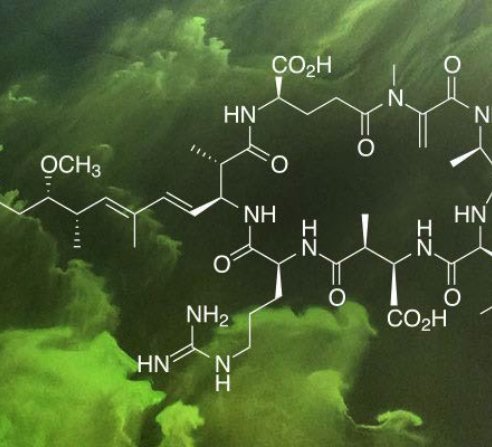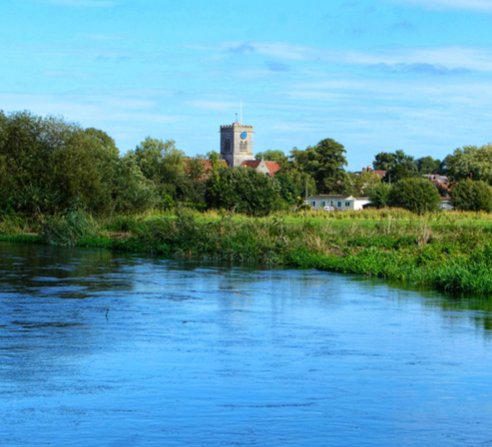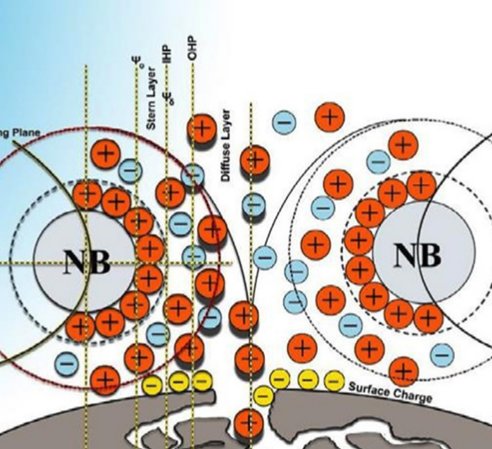REQUEST A BROCHURE
Please enter your details below to receive a brochure. We can send either a PDF or print copy for the product you choose
For all your needs for air water & fish
Every once in a while, a new technology is developed that changes long-held beliefs and practices across many sectors of industry. At Air Water Fish Ltd, we are confident that nanobubble aeration is just such a technology.
This innovative approach enhances water quality and ecosystem health, offering substantial benefits for aquaculture and environmental sustainability. By embracing these advancements, we can pave the way for a more efficient and sustainable future in various industries.

Introducing gas into liquid in nanobubble form not only creates a very efficient method of creating gas in solution, ie contained within the liquid structure, it also creates a ‘bank’ of gas contained within the nanobubble themselves. Due to the negative charges around these nano-sized bubbles (zeta potential), surface tension and internal pressures of such small bubbles they repel one another and don’t coalesce readily to form larger bubbles.
As the size of bubbles reduces the ratio between volume and surface area increases. For example, one ml of 100nm sized bubbles (2 x 1015 bubbles) has 1000 times more surface (60m2) than one ml of 0.1mm bubbles at 0.06m2. This is of vital importance for introducing gases into liquid. It also means that bubbles of less than 250nm are subject to Brownian motion and do not immediately rise to the surface releasing their vital gas cargo as larger bubble do. This introduces increased oxygen levels at lower levels or at sediment layers within lakes without disturbing any stratification within the system that can be very advantageous.


Nanobubbles can form a bank of gas within the liquid in addition to gas dissolved within the liquid molecular structure. The characteristics of nanobubbles allow them to provide this bank for days, weeks and in the right conditions, months after their initial generation. Turbulence can break down nanobubbles , creating micro and minibubbles in the process, thereby releasing their gas into solution if required. Using air nanobubbles to quickly raise the DO levels in 1m3 of water to 160% saturation has been shown to maintain this level for several weeks afterwards. The same applies to other gases such as oxygen where DO levels were quickly raised to over 400% and maintained those levels for several weeks afterwards.
The physics of nanobubbles is not fully understood but basic principles determine that the internal pressures of a 100nm bubble can reach over 30 atmospheres pressure; that’s 30 times greater than the atmospheric pressure around you reading this. When these bubbles burst, they produce a lot of energy that converts oxygen content into superoxides including the strongly antioxidants including hydroxyl ions; a very powerful disinfectant that can help control undesirable pathogens in a system.


The structure on nanobubbles comprises an outer layer of negative ions giving each nanobubbles negative Zeta potential. This reduces the tendency for bubble to coalesce into micro bubbles and then rise to the surface losing their gas content. In Diffused Air Floatation (DAF) systems the removal of suspended solids or chemical reactions can be greatly enhanced by these properties.

The development of nanobubble generators is an ongoing process, with researchers and companies constantly working to improve their efficiency, stability, and cost-effectiveness.
New generating methods and technologies are being explored to enhance nanobubble generation and expand their applications.



Call us now to see how this exciting technology can help you.
07947 912605
NANOBUBBLES
WHAT CAN THEY DO FOR YOU?



